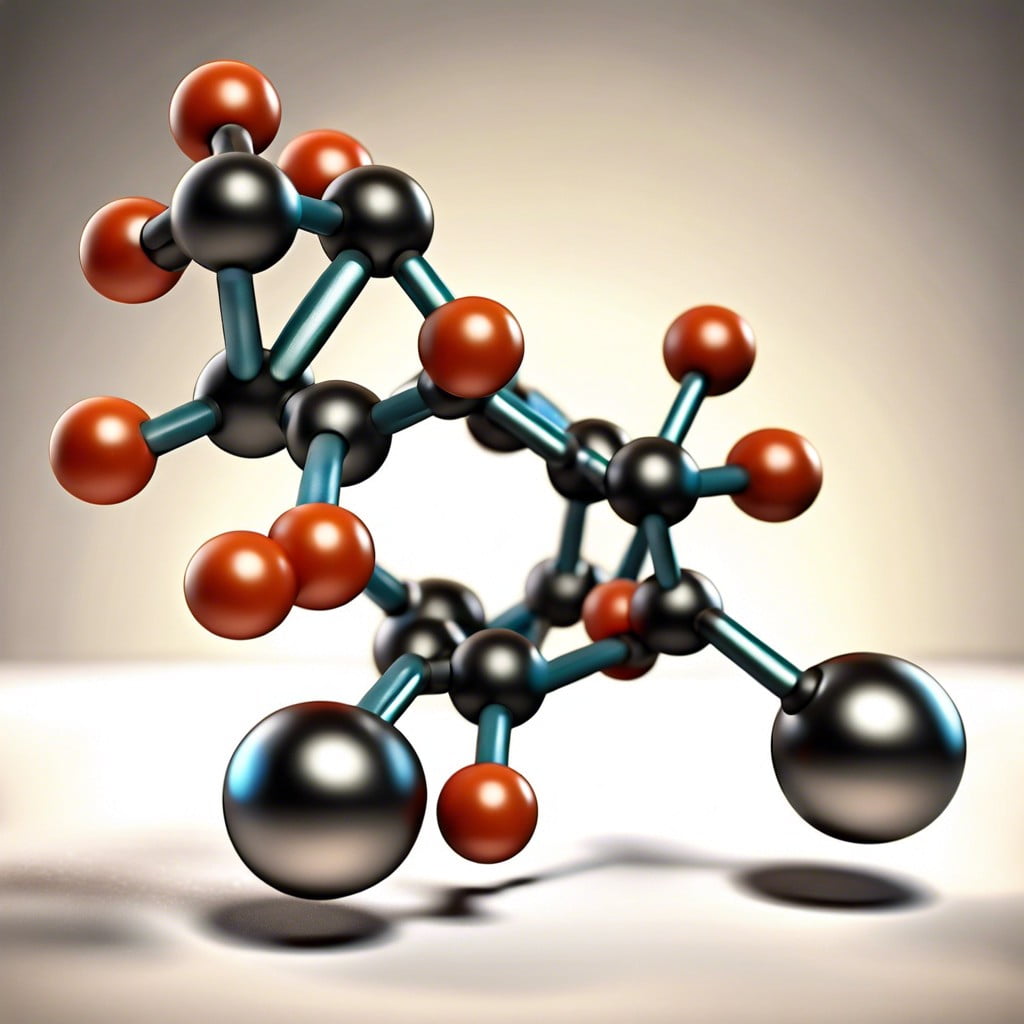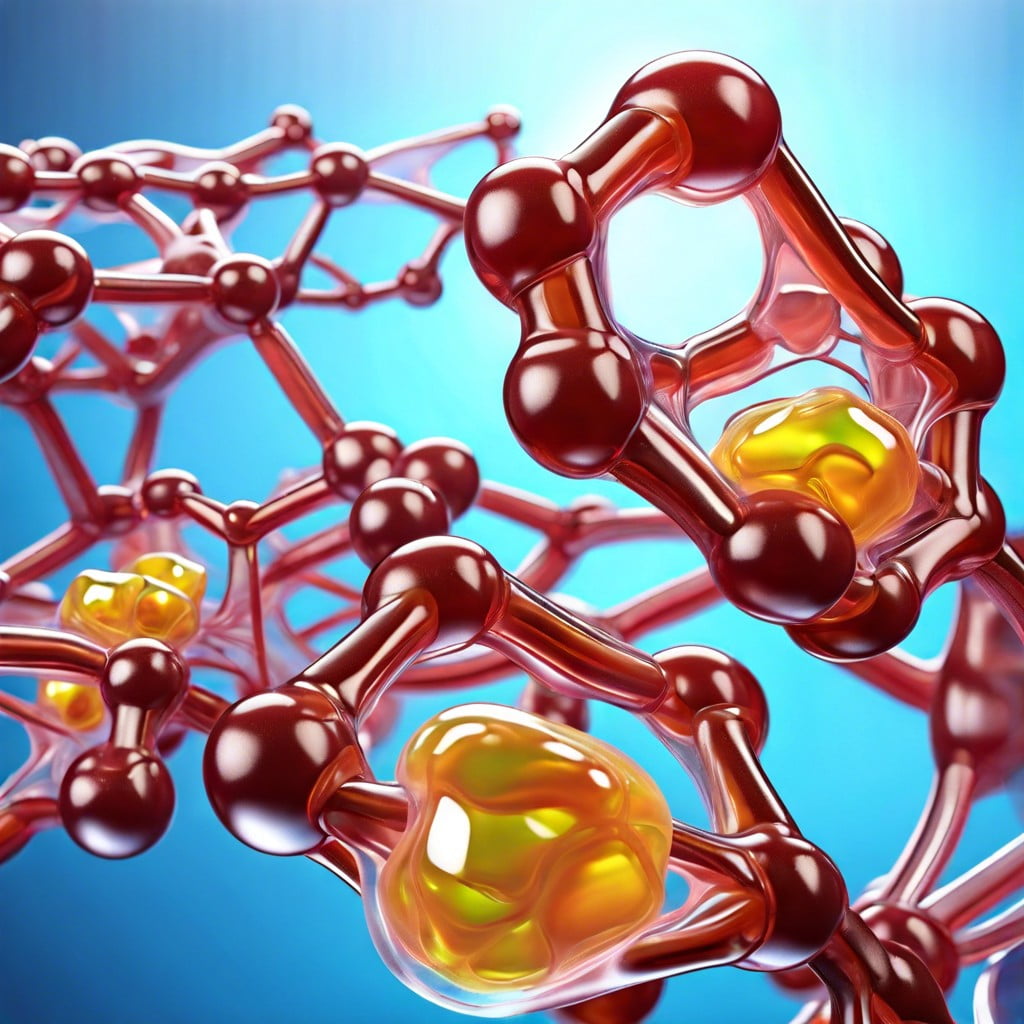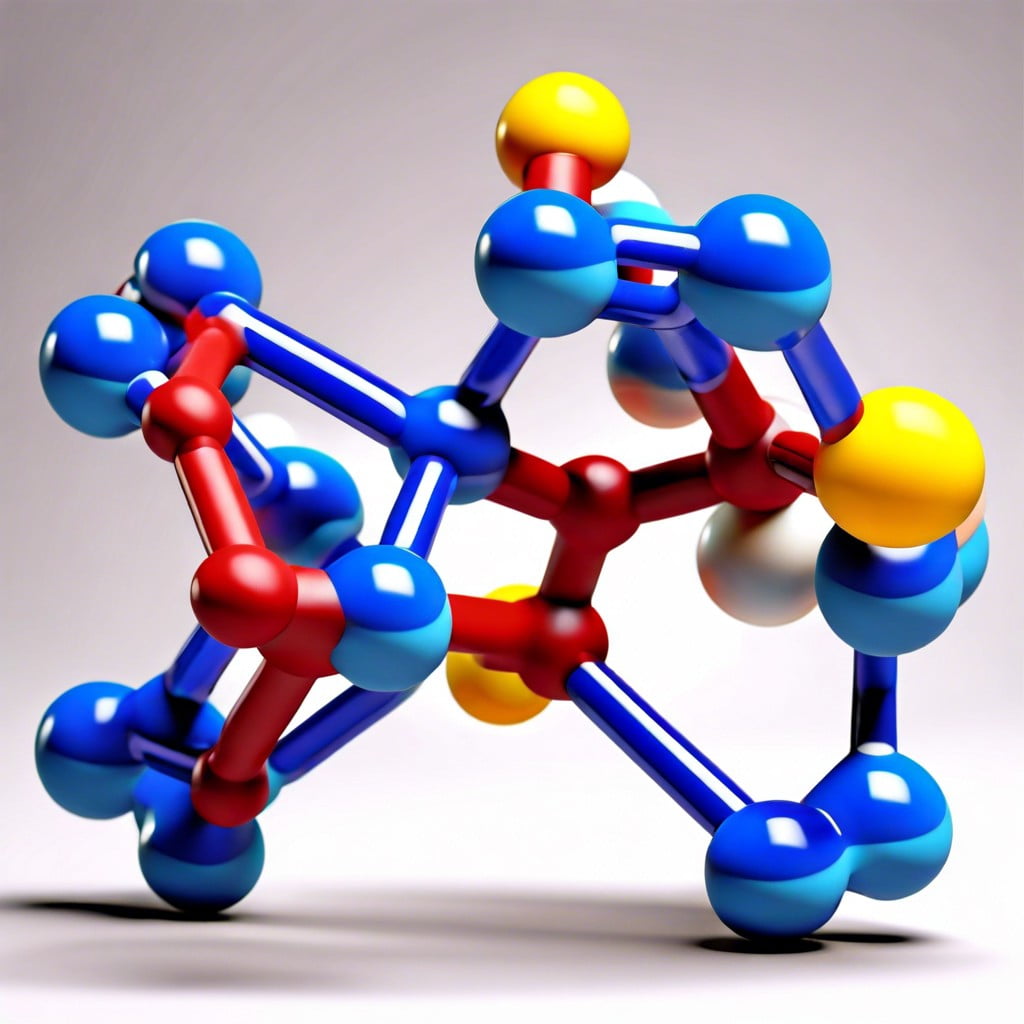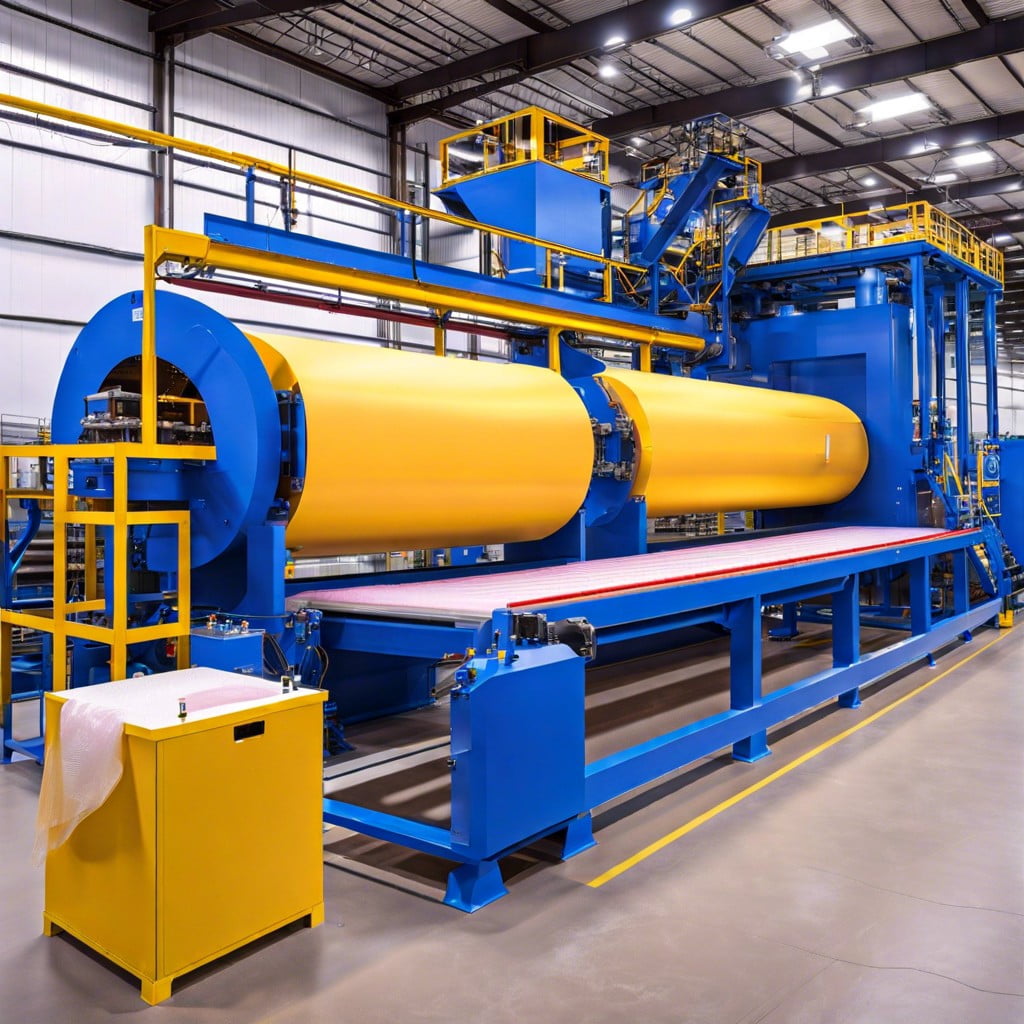Learn about PMMA polymer, including its properties and uses in construction, to understand why it’s a preferred material in the industry.PMMA, or polymethyl methacrylate, is a synthetic polymer known for its exceptional clarity and light transmittance, which is on par with that of glass. However, unlike glass, PMMA is significantly lighter and more impact-resistant, making it a versatile alternative in various applications. Commonly known as acrylic or by brand names like Plexiglas and Lucite, PMMA lends itself to uses where transparency and strength are essential, such as in windows, skylights, and outdoor signs.Its resistance to UV light and weathering makes PMMA an excellent choice for outdoor applications where durability against the elements is critical. Moreover, PMMA is easy to fabricate and can be cut, drilled, and shaped more easily than glass, allowing for creative freedom in architectural designs. Its thermal insulation properties are also advantageous, helping to reduce heating and cooling demands in buildings.In construction, PMMA polymers are often used for light diffusing panels, which aid in the even distribution of light within a space, contributing to energy efficiency and enhancing interior aesthetics. They are also used in the making of flooring and roofing materials due to their durability and resistance to wear and tear.Additionally, PMMA is employed in the creation of construction adhesives and sealants that offer strong bonding capabilities and flexibility over time, essential characteristics for maintaining the integrity of buildings and structures. Its application extends to paints and coatings, providing protective, glossy finishes that stand up to environmental stressors.Through innovations in polymer technology, PMMA has evolved to include varieties with improved properties such as higher impact resistance and scratch resistance, widening its scope of application within the construction sector.In a nutshell, PMMA polymer’s array of favorable properties, combined with its adaptability and cost-effectiveness, makes it an indispensable material in modern construction, fulfilling both practical and aesthetic requirements.
Key takeaways:
- PMMA is a lightweight, shatter-resistant alternative to glass.
- It offers exceptional clarity and light transmittance.
- PMMA is UV resistant and withstands weathering, making it suitable for outdoor applications.
- It is easily fabricated and shaped, allowing for creative freedom in architectural designs.
- PMMA is used in light diffusing panels, adhesives, sealants, paints, and coatings in construction.
What You Will Learn
What Is PMMA (Polymethyl Methacrylate)?
Polymethyl methacrylate, commonly known as acrylic, is a transparent thermoplastic often used as a lightweight, shatter-resistant alternative to glass. It is a synthetic polymer of methyl methacrylate, which is a simple molecule that, when polymerized, forms the sturdy and durable plastic PMMA.
This plastic stands out for its clarity, offering over 90% light transmittance, which is higher than glass, making it an ideal material for applications where clear sightlines are essential. Another essential feature is its weatherability; PMMA can withstand exposure to sunlight, rain, and most chemicals, making it suitable for both indoor and outdoor environments.
With a moderate tensile strength, PMMA can bear some load without deforming and has good dimensional stability, keeping its shape over a wide range of temperatures. Its unique blend of properties has positioned PMMA as a versatile material in various sectors of construction and design.
Properties and Synthesis of PMMA
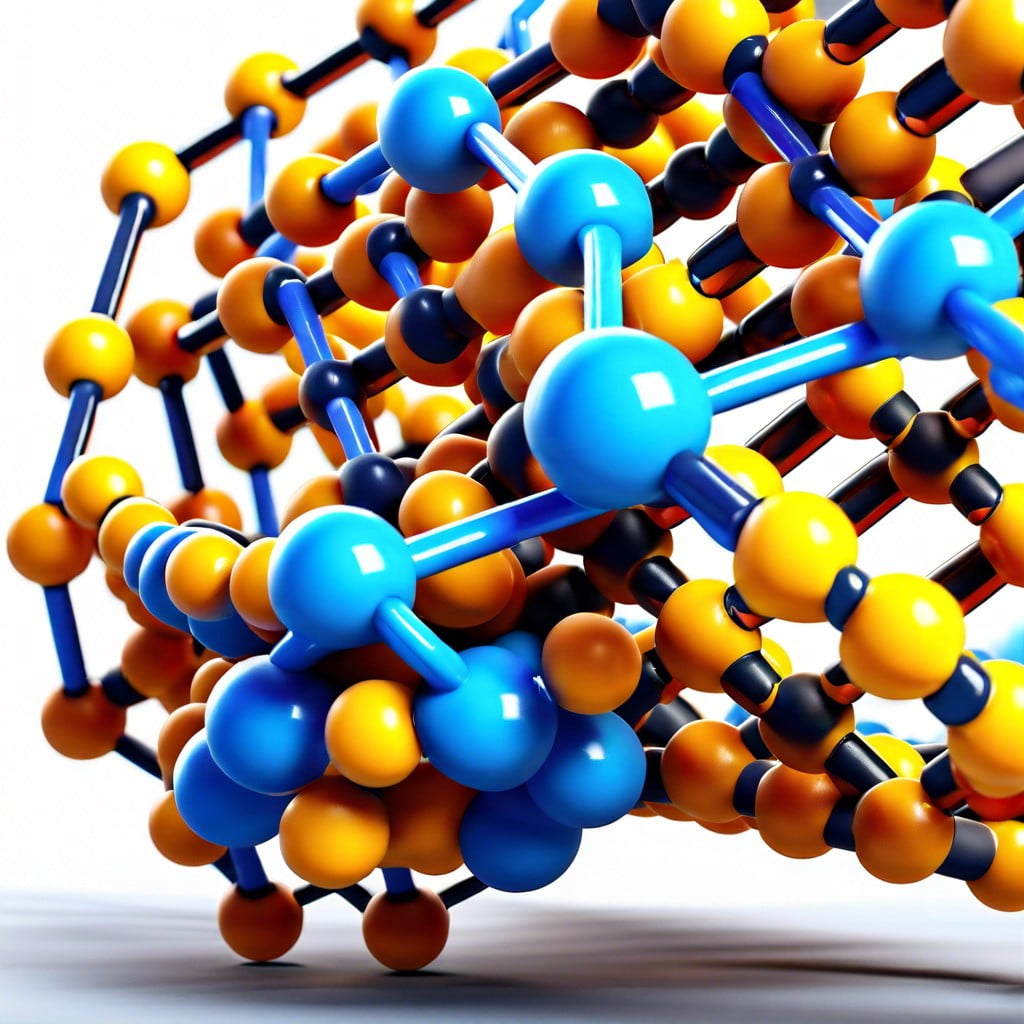
Polymethyl methacrylate, commonly known as acrylic or acrylic glass, boasts a range of desirable attributes that make it a versatile material in various industries. It is transparent, allowing 92% of light to pass through, which is more than actual glass and it efficiently resists weathering and UV light, ensuring longevity in outdoor applications.
The foundation of PMMA’s desirable properties lies in its robust chemical structure, which renders it both lightweight and impact-resistant, making it a safer alternative to glass and an optimal choice for items such as windows, skylights, and aquariums.
Synthesis of PMMA occurs predominantly through a process called bulk polymerization, where the monomer methyl methacrylate is combined with an initiator to begin the chain reaction that creates long polymer chains. This can also be achieved through solution and emulsion methods, but bulk polymerization offers the advantage of yielding a product with higher purity and fewer impurities, which is important for optical applications.
Additionally, PMMA can be synthesized to alter its heat tolerance and tensile strength, facilitating its use in more demanding structural applications. This adaptability makes for a highly customizable material suited to a broad range of needs within the construction sector.
Key Applications and Advantages of PMMA
Polymethyl methacrylate stands out in a variety of industries due to its unique set of properties. Often known by its trademark names, like Plexiglas or Lucite, it serves as a lightweight and shatterproof alternative to glass. This makes it exceptionally suitable for use in windows, aquariums, and protective barriers. Its optical clarity and UV resistance are highly valued in the automotive sector for manufacturing taillights and instrument panels.
Beyond transparency, PMMA is also easily colored, offering versatility for designers and architects. Its application extends to both indoor and outdoor fixtures, including lighting, signage, and furniture. The material can be easily molded and shaped, facilitating creativity in construction and decorative applications. Medical devices, such as bone cement and intraocular lenses, benefit from PMMA’s biocompatibility.
The durability of PMMA is another plus, making it a preferred material for long-term applications. It resists weathering and retains its properties over time, leading to its presence in skylights and outdoor lighting. Moreover, its lightweight nature contributes to easier handling and installation, reducing overall construction costs. These advantages, combined with its aesthetic qualities, underscore PMMA’s widespread use in construction and beyond.
PMMA Material Enhancements and Processing Conditions
While PMMA stands out in terms of clarity and durability, its performance can be leveraged even further through tailored enhancements and optimal processing.
Material enhancements such as adding impact modifiers increase PMMA’s resistance to cracking and breaking, making it suitable for high-impact applications such as safety glazing. UV stabilizers can be incorporated to prevent discoloration and degradation from prolonged sun exposure, extending the material’s life span in outdoor settings.
The introduction of plasticizers can improve flexibility, critical for applications requiring more pliable materials. For instance, in the manufacturing of lightweight, shatter-resistant lenses for glasses or contact lenses, this flexibility is essential. Colorants can be added during the synthesis process to create a spectrum of transparent or opaque hues for decorative or functional purposes.
In terms of processing, PMMA can be readily shaped through various techniques. Injection molding and extrusion are commonly used for mass production of intricate components and sheets, respectively. PMMA’s processing conditions, like temperature and pressure, must be precisely controlled to ensure the finished product has the desired properties. For example, heating the polymer to the right temperature allows it to flow correctly into molds, forming detailed shapes without introducing surface imperfections.
With careful adjustments and enhancements, PMMA’s versatility can be tuned to meet the specific requirements of each application, offering tailored solutions across the construction industry and beyond.
Environmental and Health Considerations of PMMA
Polymethyl methacrylate is generally considered a non-toxic material. During its use phase, it does not leach harmful substances and is inert after polymerization, which means it doesn’t react chemically with other materials. This makes it suitable for applications where contact with food or skin occurs, such as in kitchenware or cosmetic containers.
In its raw state before polymerization, the monomer methyl methacrylate can cause irritation to the skin, eyes, and respiratory system. Therefore, manufacturing facilities must handle it with care to safeguard workers’ health.
PMMA is also notable for its durability, which means less frequent replacement and reduced waste. However, at the end of its life cycle, PMMA poses some environmental considerations. It is not biodegradable, and while it is recyclable, the recycling process is not as widespread as for other materials like PET or HDPE.
Incineration of PMMA products can release toxic fumes, and landfilling takes up valuable space. That’s why recycling PMMA or repurposing it for secondary applications is encouraged to minimize environmental impacts. Research and development into more sustainable end-of-life options for PMMA are ongoing in the polymer science community.
Related reading:
